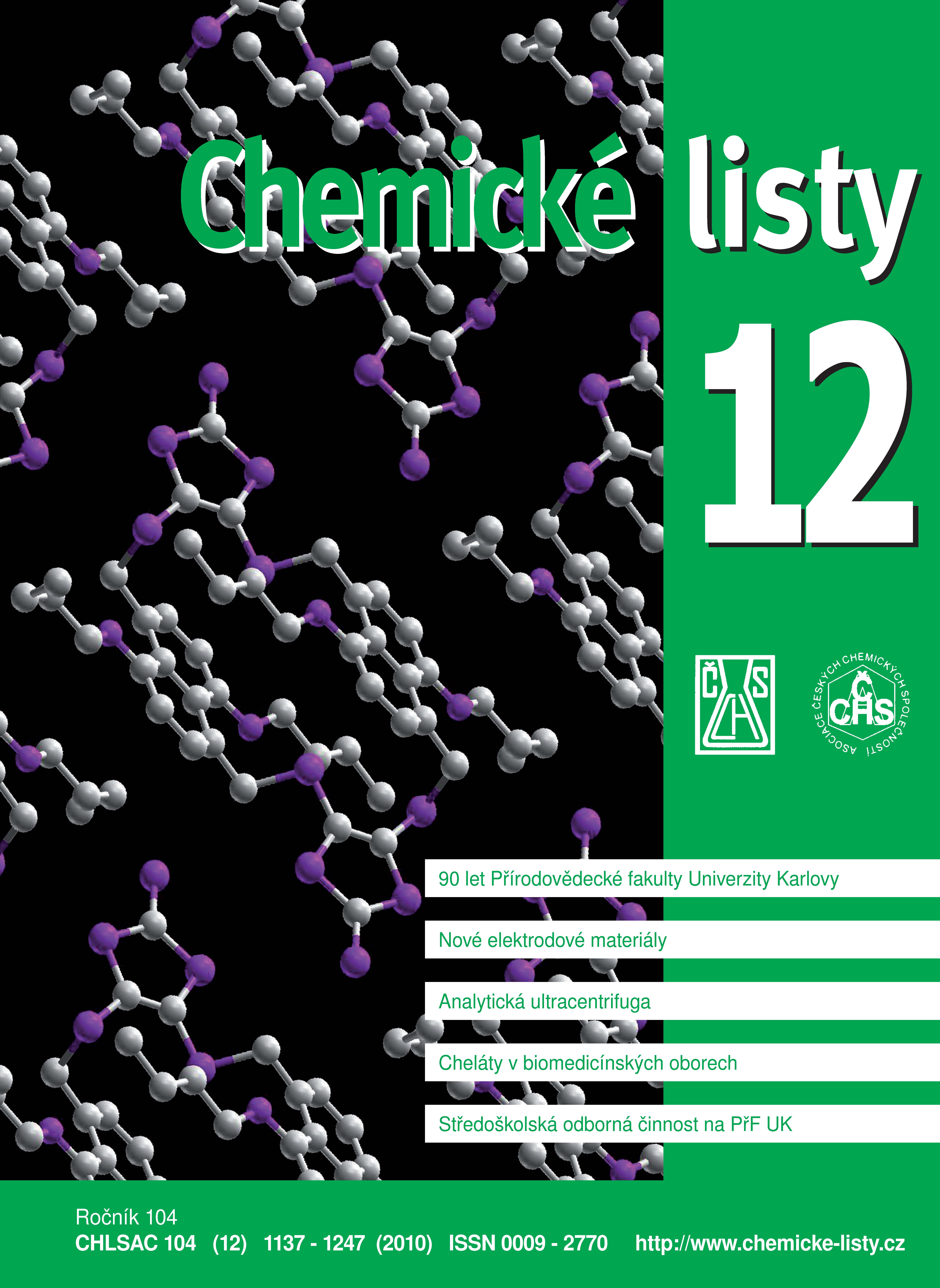Analytical Ultracentrifuge and Its Utilization in Biochemical Laboratory
Abstract
Sedimentation analysis of macromolecules carried out with analytical ultracentrifuge is a powerful method for the study of proteins, nucleic acids and other polymers and their various complexes. Monitoring sedimentation of macromolecules in the centrifugal field allows their hydrodynamic and thermodynamic characterization in solution, i.e. in native conditions, without interactions with any matrix or surface. This allows direct measurement of molecular weight and sedimentation coefficient of macromolecules, monitoring of sample purity and homogeneity, prediction of size and shape of sedimenting species and, last but not least, study of equilibrium reactions, including determination of their stoichiometry and equilibrium constants. In the present review, we first focused on the history of the technique and properties and potentials of a modern instrument. Two types of experiments performed using analytical ultracentrifuge, sedimentation velocity and equilibrium, are discussed, together with a brief introduction into sedimentation theory. In the end, sedimentation data analysis is discussed and some examples of utilization of analytical ultracentrifugation are provided. Combination of new instrumentation and computational software for data analysis has led to major advances in characterization of proteins and their complexes. After temporary silence in the past decades, analytical ultracentrifugation at presence experiences renaissance in proteomic research.Downloads
Published
2011-01-15
How to Cite
Vaněk, O., & Bezouška, K. (2011). Analytical Ultracentrifuge and Its Utilization in Biochemical Laboratory. Chemické Listy, 104(12). Retrieved from http://www-.chemicke-listy.cz/ojs3/index.php/chemicke-listy/article/view/1207
Issue
Section
Articles





